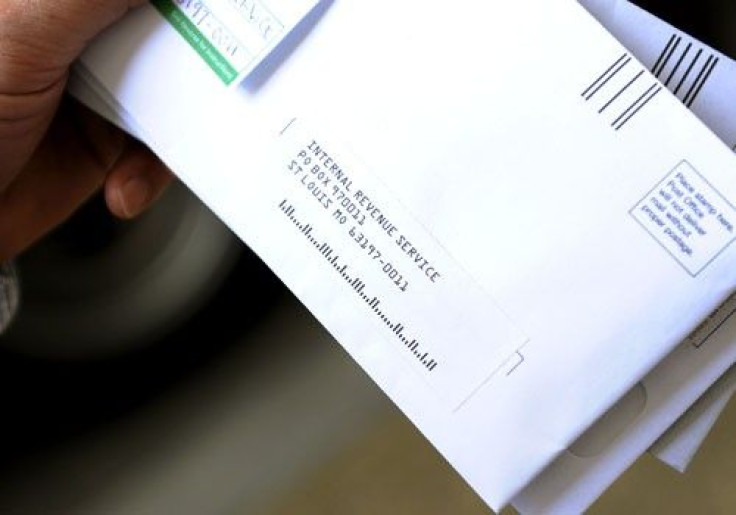Where's My IRS Refund 2012? Click Here to Find Out...

Inquiring minds want to know, because it's tax time and millions are getting money back from the IRS in 2012. Thus, they are asking: Where's my refund?
Even though 2011 federal tax returns aren't due until April 17, 2012 those who file early often do so to get a quick refund from the IRS. The IRS notes that most refunds are issued within 10 days for those who file returns electronically. Those filing paper returns can expect to wait weeks for their refund. Still, many want to know the status of their refund since hundreds and even thousands of dollars are often in limbo.
That's why the IRS has set up a Web page to allow filers expecting a refund to use the agency's Where's My Refund? tool.
You can check it out here, but first there are a few things you should know.
Typically, refunds that are delayed can't be delivered because it has an old address. Sometimes taxpayers don't realize the IRS has an older address on file, and their owed refund is floating, either with the U.S. Postal Service or it has been permanently returned.
The IRS.gov's Where's My Refund tool gives taxpayers the status of their refunds and gives solutions for resolving delivery problems. Once you log into the site, you must provide a Social Security number, filing status and the amount of the refund owed on a previous return to gain access. Once that information is provided, all one has to do is update their address and the refund will be sent promptly, according to the IRS.
Where's My Refund? will usually have information about your refund 72 hours after IRS acknowledges receipt of your e-filed return, or three to four weeks after mailing a paper return. Check back weekly, on Wednesdays, for any updates to your refund information, according to the IRS Web site.
The IRS suggests that to avoid having to ask, Where's My Refund? that taxpayers simply use direct deposit of a refund into their checking or savings account. The IRS also suggests electronic tax return filing to eliminate loss risk through the mail. In other words -- think E, as in electronic.
© Copyright IBTimes 2024. All rights reserved.











